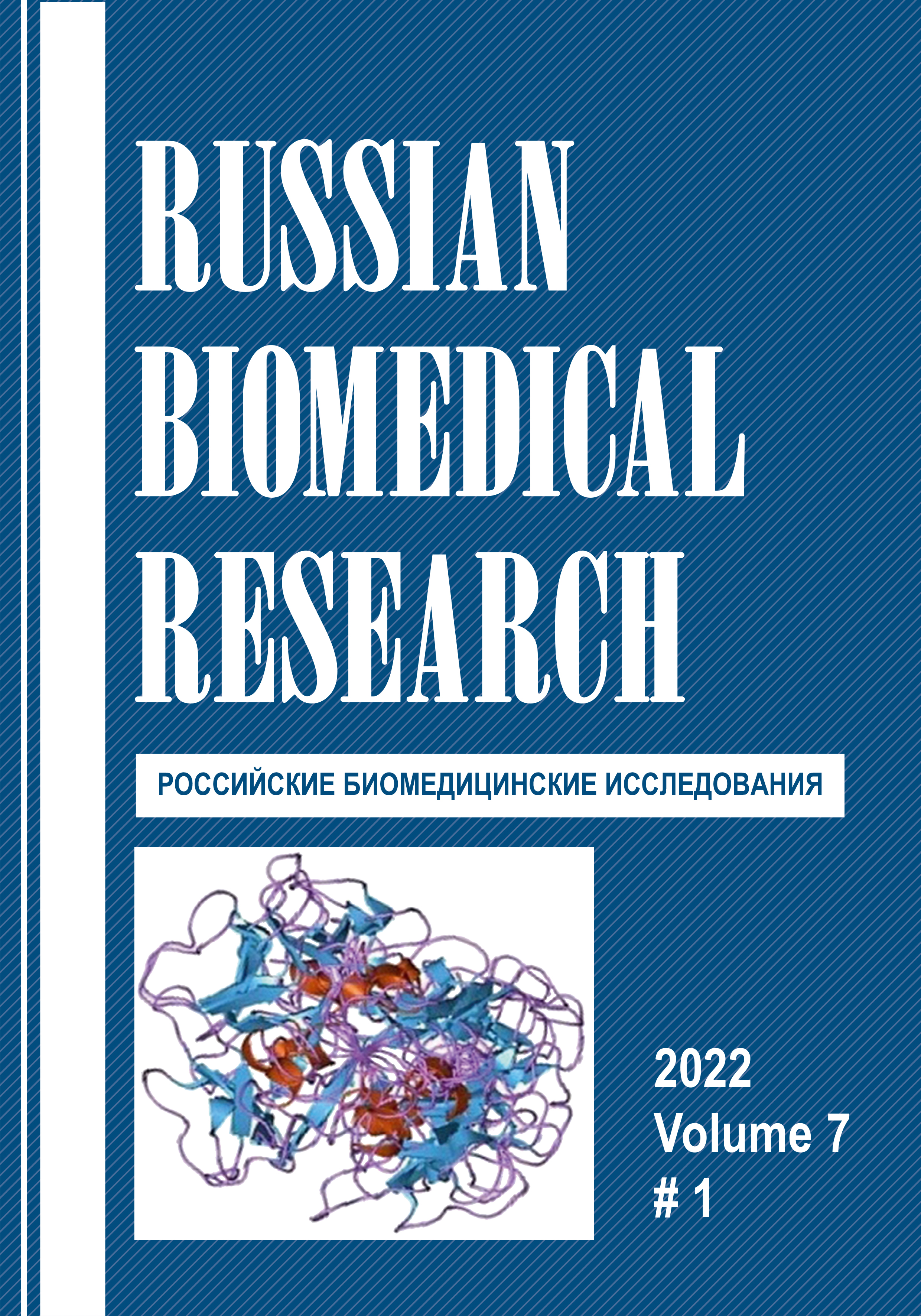MODELING OF COLD-STRESS DISADAPTATION IN RATS TO DEVELOP METHODS FOR ITS PHARMACOLOGICAL CORRECTION
Abstract
Background. The search for effective and safe methods for correcting adaptation disorders that develop in people working in a cold Arctic climate with associated stress factors seems to be actual. For this purpose, an experimental model has been developed to study the influence of a complex of factors of the Arctic region on adaptation processes, as well as to substantiate methods for their pharmacological correction. Materials and methods. The cold -stress model represents a long -term exposure of rats (160 outbred males) to a low positive air temperature of 5 °C and relative humidity of 75-80 % in the climatic chamber (Feutron, Germany). An additional stress factor was created using a specific light regimen (24-hour light), sound neuroticism (continuous loud rock music), and a limited diet (15 kcal/day). We studied the dynamics of rectal temperature, physical performance indicators in the swimming test, behavioral reactions in the Open Field test, the number of leukocytes, neutrophils and lymphocytes, serum levels of cortisol and insulin, heat shock proteins HSP-70 and hypoxia -inducible factor HIF-1α. Results. It was shown that on the 14th day of modeling cold -stress factors, rats develop a state of disadaptation, characterized by the development of hypothermia (up to 33 °C), inhibition of behavioral reactions, decreased physical performance, signs of immunodeficiency, depletion of the cortisol response. To correct these disorders, rats were administered: placebo, Metaprot at doses of 1, 10, 25, 50, 100 μg/kg, Phenotropil at doses of 50, 100 and 200 mg/kg, Caffeine -sodium benzoate at doses of 1, 10, 25, 50 and 100 mg/kg, Metaprot 10 mg/kg + Phenotropil 100 mg/kg, and Metaprot 50 mg/kg + Phenotropil 100 mg/kg. Conclusion: The proposed cold -stress model can be used to investigate methods for the pharmacological correction of disorders that develop under the influence of cold climatic zone factors. Metaprot 10 mg/kg + Phenotropil 100 mg/kg and Metaprot 50 mg/kg + Phenotropil 100 mg/kg demonstrated the most effective action in rats, which could make these preparations possible to treat climate -and stress -associated adaptation disorders in human.



